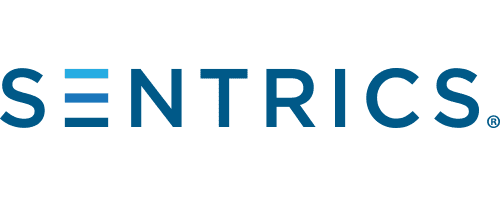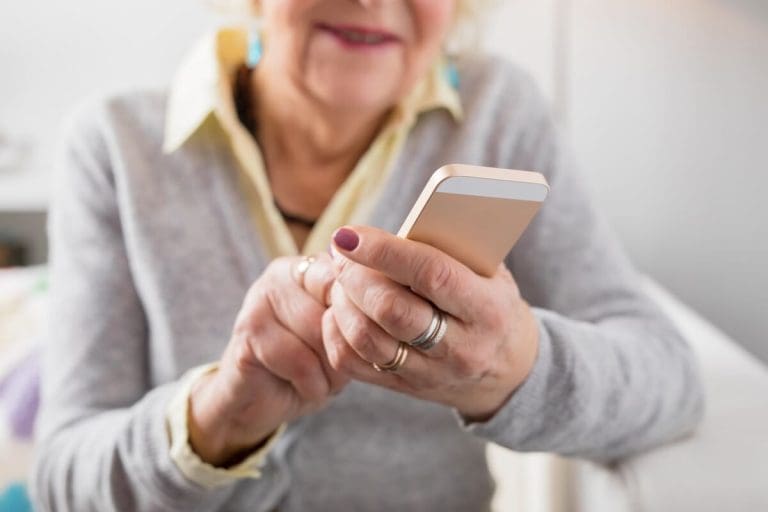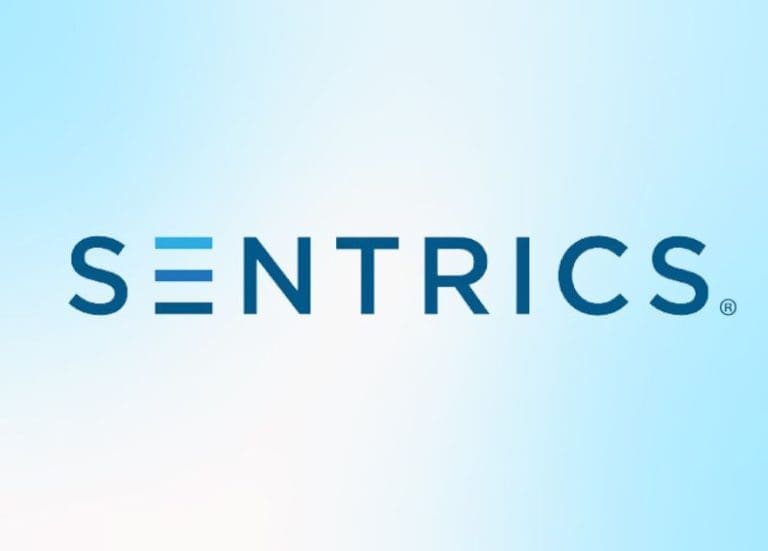Hospitals and nurses have long known that patients who are well educated about their health and treatment are more likely to follow their care plan. With increased communication channels, patients also are more likely to report better patient satisfaction, both of which positively impact health outcomes and hospital reimbursement.
But healthcare providers all too often are falling short when it comes to delivering effective patient education. Did you know that as many as 80 percent of patientsusually forget what a nurse or doctor verbally tells them? And nearly half of what is remembered is wrong.
What’s Missing in Patient Education?
A stack of text-heavy printouts filled with medical jargon is probably not going to be engaging reading for most patients or their families.
Consider the case of Mike, a 75-year-old patient recovering from a stroke and awaiting pacemaker surgery. When his wife asked the nurse for information about the procedure scheduled for the following day, she brought her a stack of printouts to take home and read. There was no digital education. No engaging health education in laymen’s terms. No bedside teach back with a nurse. Her questions were never answered and days later when her husband was discharged home, neither of them were equipped with important information about his care plan, medications, or warning signs of problems. The missed opportunity for effective patient education left them feeling frustrated and disappointed in their hospital experience.
Fortunately for Mike and his wife, they avoided any major post-discharge setbacks that might have triggered a hospital readmission. But many patients aren’t as fortunate. Medicare estimates that 20 percent of all patients who are admitted to a hospital will be readmitted within 30 days of being discharged. And of those, three-fourths could potentially have been avoided with better education.
Technology that Enhances Patient Education
As consumerism moves into healthcare, hospitals are realizing the benefits of modernizing their approaches to patient education. Interactive platforms on the patient TV deliver health information in engaging, visual, memorable formats that mimic the type of infotainment we watch on our own televisions at home.
We know that nurses are only able to spend between 35% and 46% of their day attending to patients face-to-face, according to The Nursing Standard Journal. That severely limits their available time to focus on bedside patient education. Interactive technology comes alongside nurses to provide a powerful two-prong approach.
“Patient education technology can help streamline the patient teach-back process,” notes Patient Engagement HIT magazine. “Patient education technology includes videos or digital modules that teach patients about certain healthcare issues. Some organizations have started using patient education technology to streamline provider workflows and ensure continuity of education throughout the entire hospital or clinic stay.
“After using the patient education technology, providers can circle back with patients to check patient understanding. Using the same open-ended questions, providers can elicit patient feedback on the patient education technology, ensuring patient understanding.”

The Value of EMR Integration
According to the Evidence-Based Handbook for Nurses, “Findings from several studies have indicated that patients who are involved with their care decisions and management have better outcomes than those patients who are not.”
Integrating an interactive patient experience platform with the electronic medical record enables hospitals and nurses to expedite and improve the patient education process.
Through an integrated interactive platform, nurses can choose and send health education videos for patients to view, based on their diagnosis. Once the patient views the videos, their action is written back to the EMR. All of that is done efficiently without ever leaving the EMR system that the nurse works in throughout a shift. No jumping between logins, or learning disparate platforms. Not only does that save the nurse documentation time; it also creates more bedside rounding time to use for follow-up and reinforcement of health information shared in the videos.
For patients, interactive and integrated patient education is a win for patient satisfaction and engagement as well. Patients can easily access their personalized healthcare information directly from the patient room TV or on a bedside touch screen. No need to wait until a nurse rounds to get answers to health questions or learn more about the care plan or diagnosis. Directly at their fingertips from the patient bed, the patient can:
- Watch, replay, and share educational videos specific to their medical condition
- Communicate with staff, and provide immediate feedback on their hospital experience
- Learn about their medications and even order take-home medications for delivery prior to discharge
- View their care plan and medical records on the digital white board
- View discharge planning instructions
The Link between Patient Education and Satisfaction
Multiple studies have shown that patient education and satisfaction were positively correlated to patient empowerment. When patients are empowered, this leads to better care outcomes and patient satisfaction.
Hospitals like Torrance Memorial Medical Center use TVs and the Sentrics E3 interactive patient experience platform to send educational videos directly to patients’ rooms, where they’re able to watch at their leisure. They have noted a 600 percent increase in patient engagement as a result.
When patients are empowered with entertaining, engaging and easily accessible health education, everyone benefits. In recent years, Sentrics clients have experienced significant improvements in key patient satisfaction scores by deploying interactive education:
- 15% improvement in medication communication HCAHPS rating
- 9% improvement in discharge readiness HCAHPS rating
- 15% increase in care transitions HCAHPS rating
- 13% increase in nurse communication HCAHPSS rating
Those improvements are far beyond those of hospitals that still rely on traditional patient education models.
The bottom line: Offering patients and their family members interactive access to health education and information is proving to be a critical component in creating more satisfied and engaged patients.



